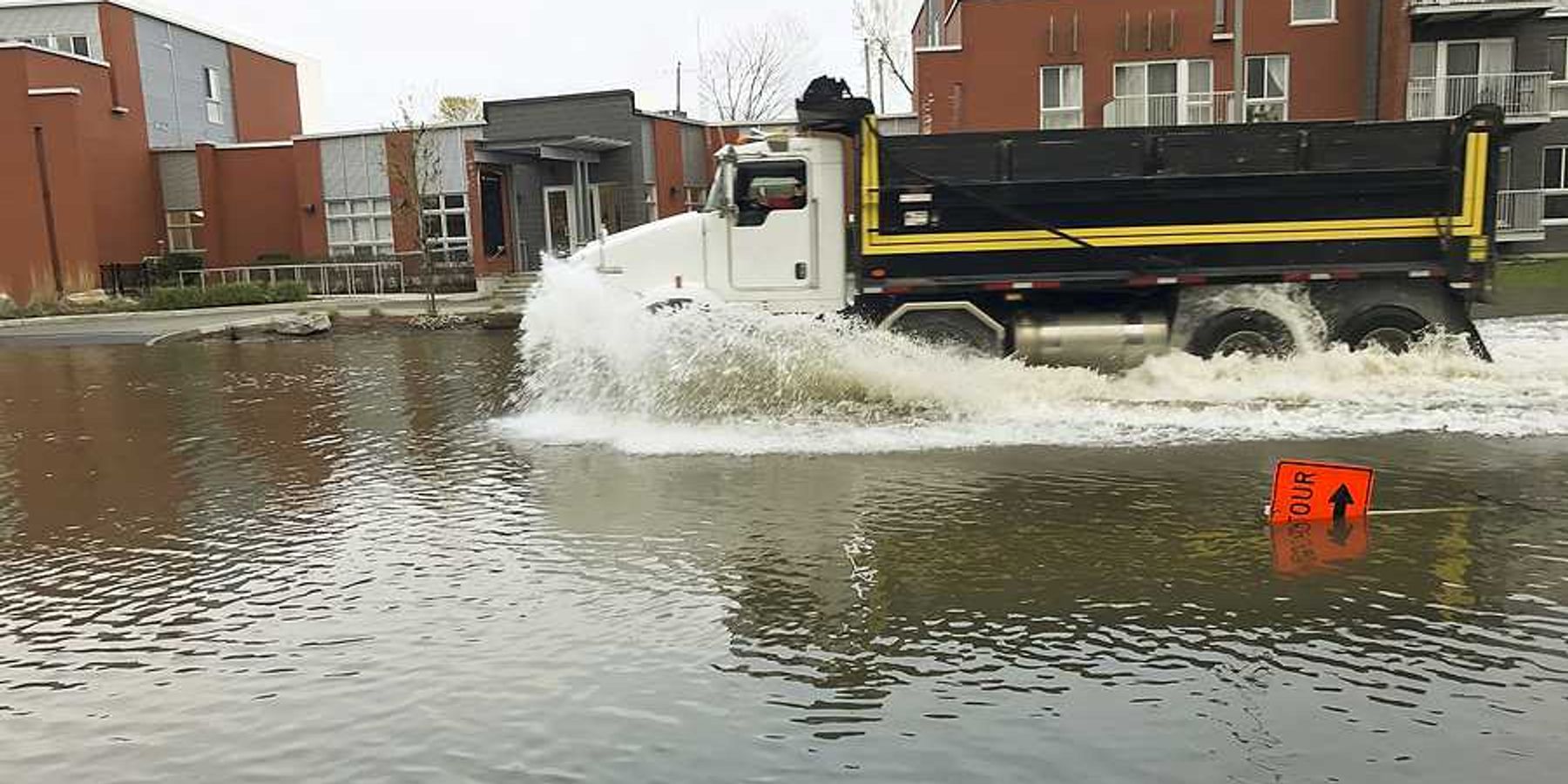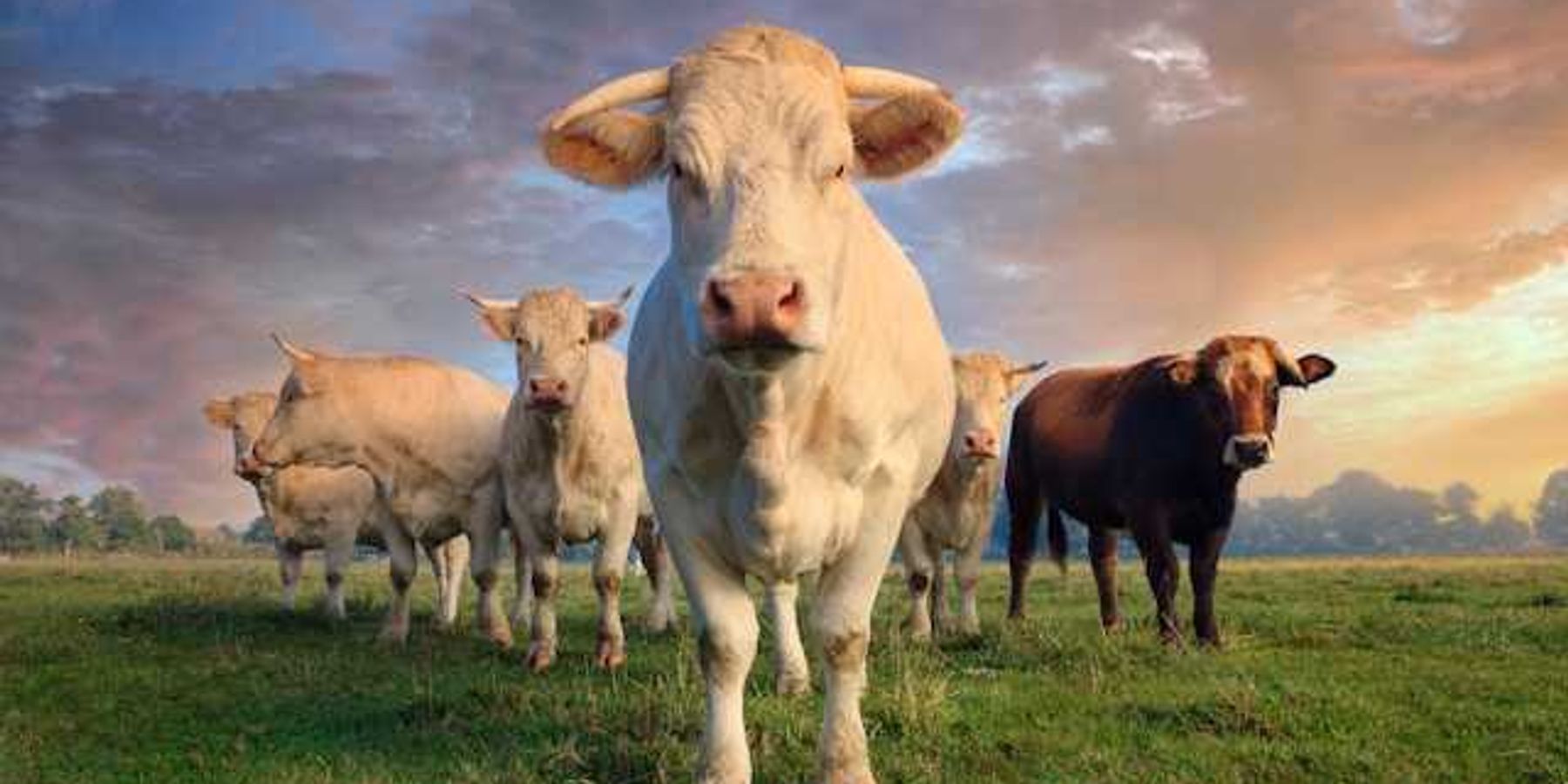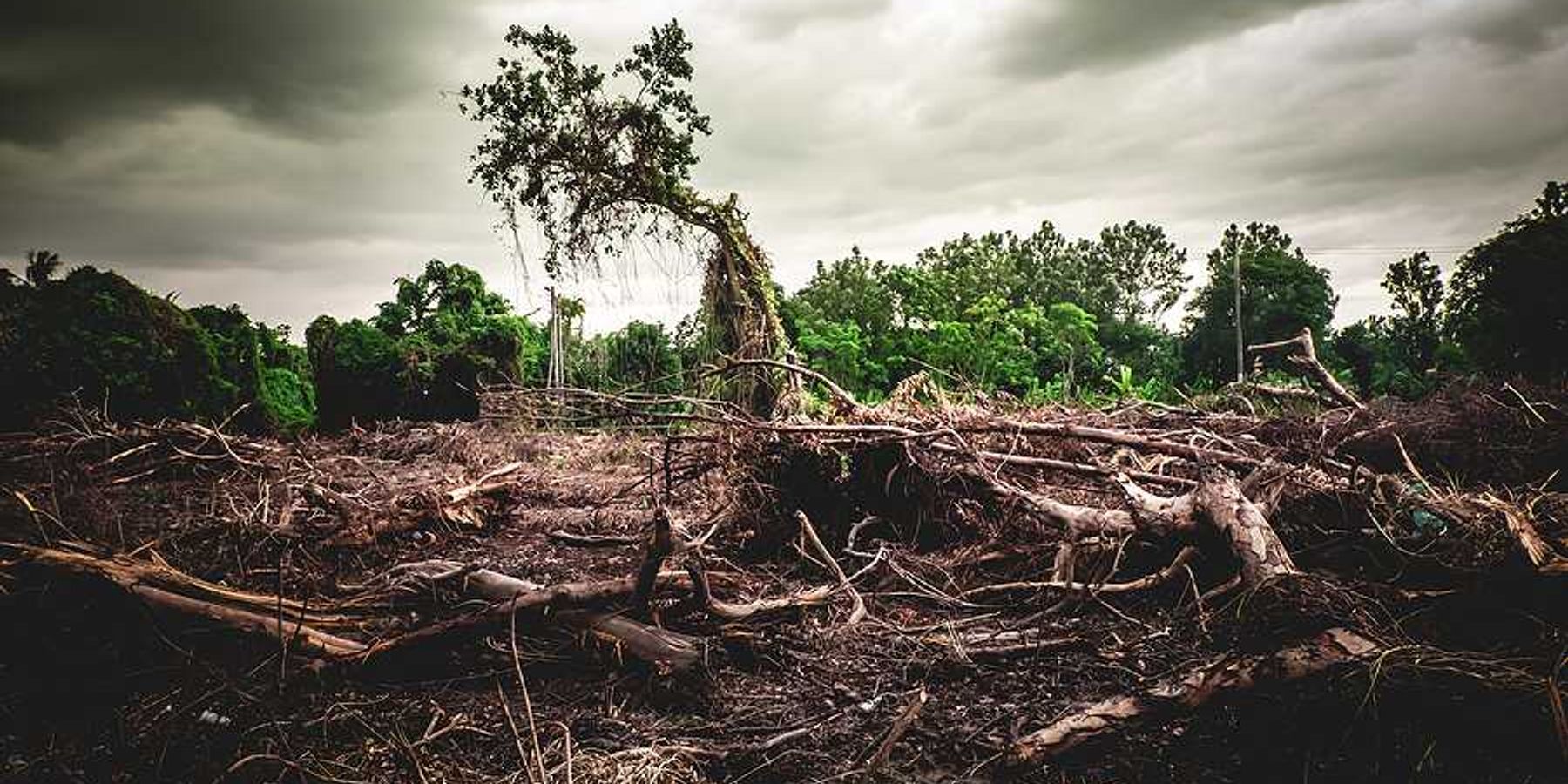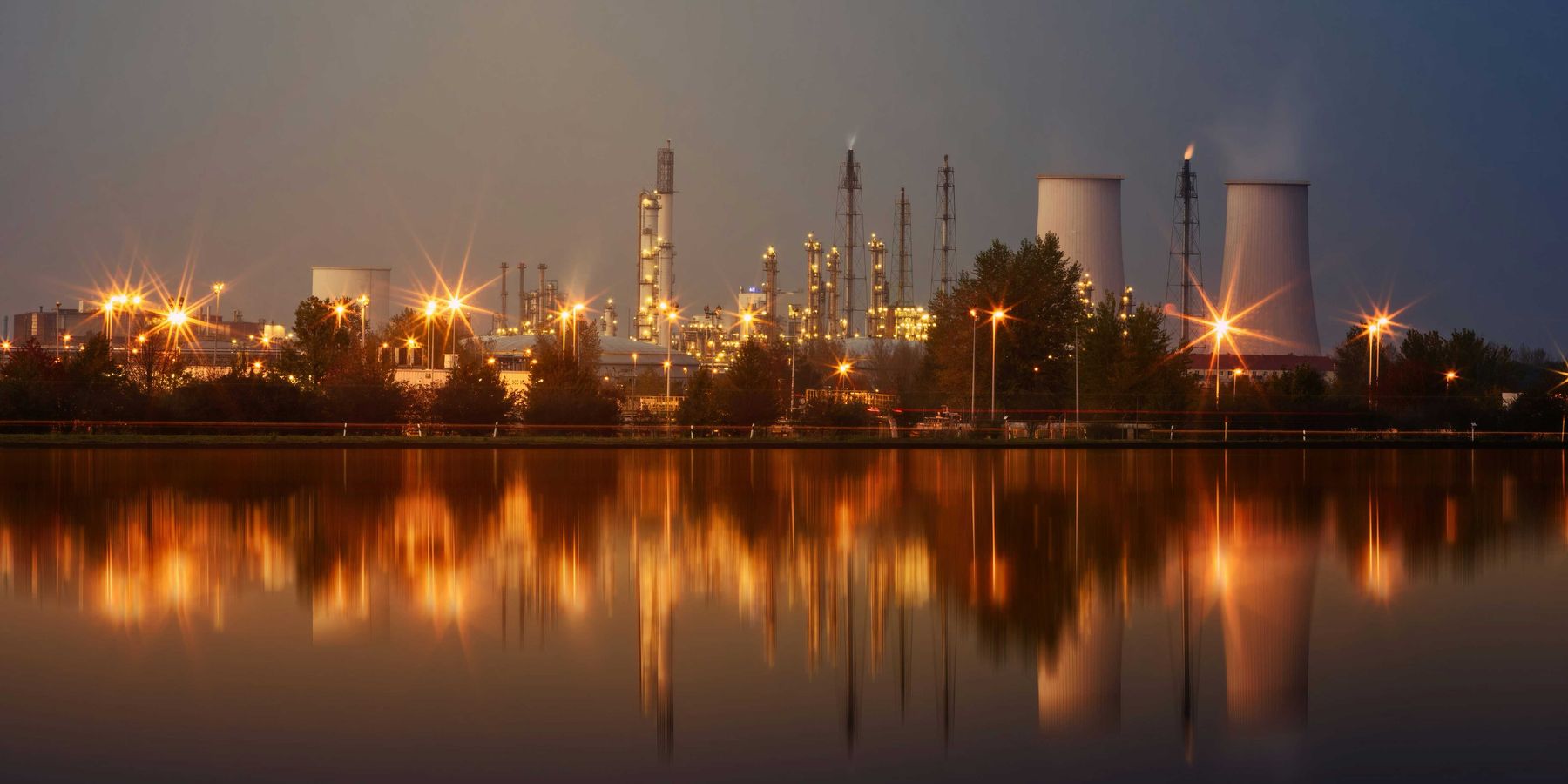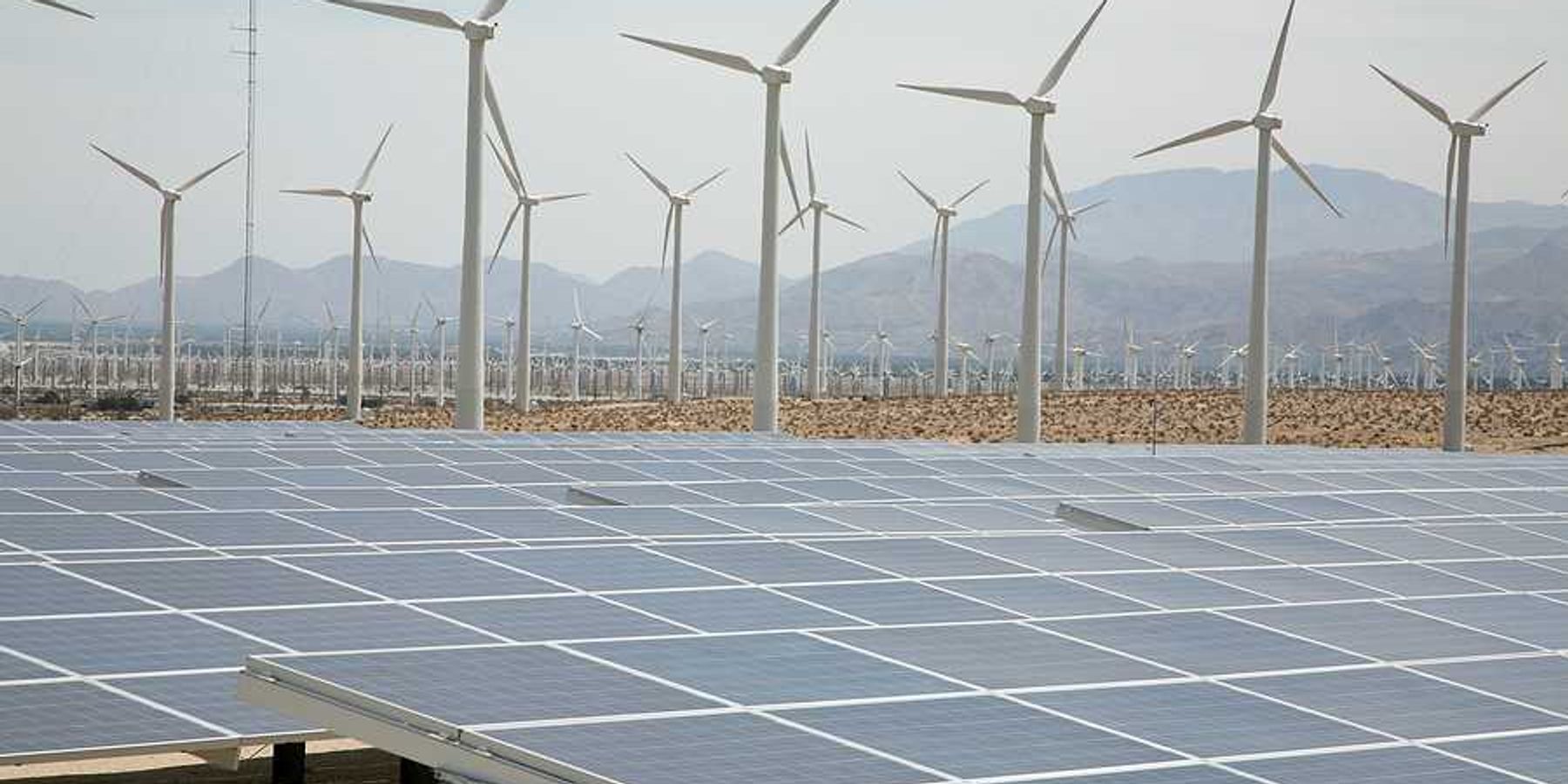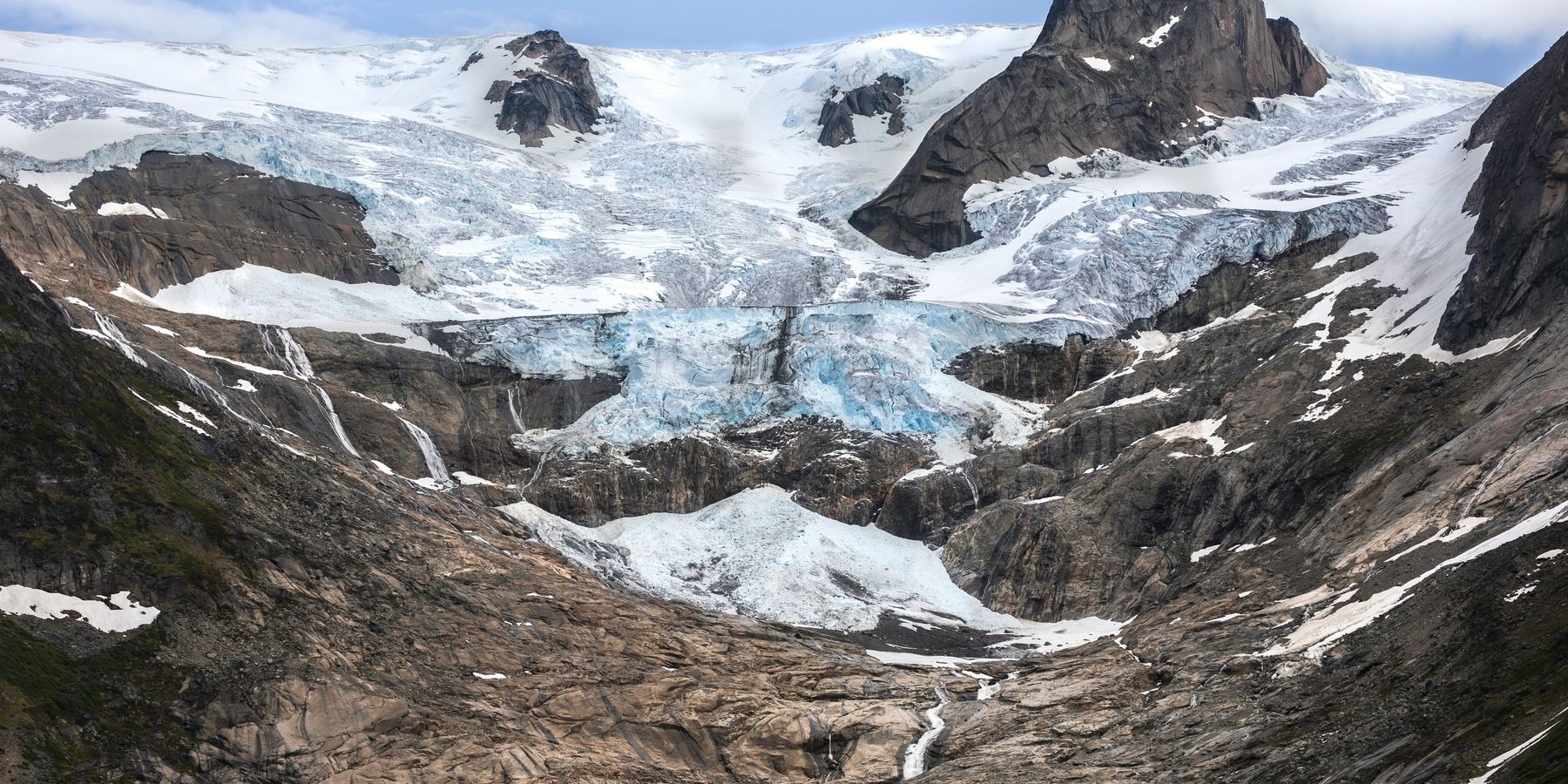Wildfires in Los Angeles cost $65 billion, exposing shifting climate risks and economic impacts
Two January wildfires in Los Angeles County caused $65 billion in damages, making them the costliest fires in U.S. history and reshaping expectations for wildfire season.
Jorge L. Ortiz reports for USA TODAY.
In short:
- The Palisades and Eaton fires killed 30 people, destroyed over 16,200 buildings, and surpassed the 2018 Camp Fire as the most expensive wildfires on record.
- Their high costs stem partly from burning through some of the nation’s priciest real estate and the outsized role of the U.S. in global disaster losses so far this year.
- Scientists are warning of “weather whiplash” and shifting fire season patterns, as climate extremes accelerate vegetation growth and then fuel catastrophic fires.
Key quote:
“We’re facing a new reality regarding the seasonality of wildfires.”
— Steve Bowen, chief science officer, Gallagher Re
Why this matters:
Wildfires are no longer confined to California’s dry summer and fall. This year’s deadliest blazes hit in January, once considered a rainy buffer against fire. The reason: Climate swings are growing sharper. Heavy rains feed vegetation that dries quickly under warming conditions, turning into fuel for faster, more destructive fires. As weather whiplash becomes the norm, emergency systems, insurance markets, and communities face steep challenges. And while global natural disaster losses were relatively low in early 2025, the U.S. bore a disproportionate burden — driven by extreme storms, fire-prone development patterns, and sprawling urban interfaces.
Related: Rebuilding after wildfires sparks debate over sustainability and cost

